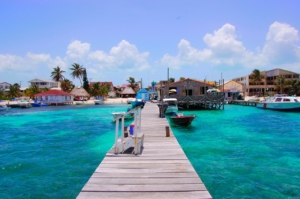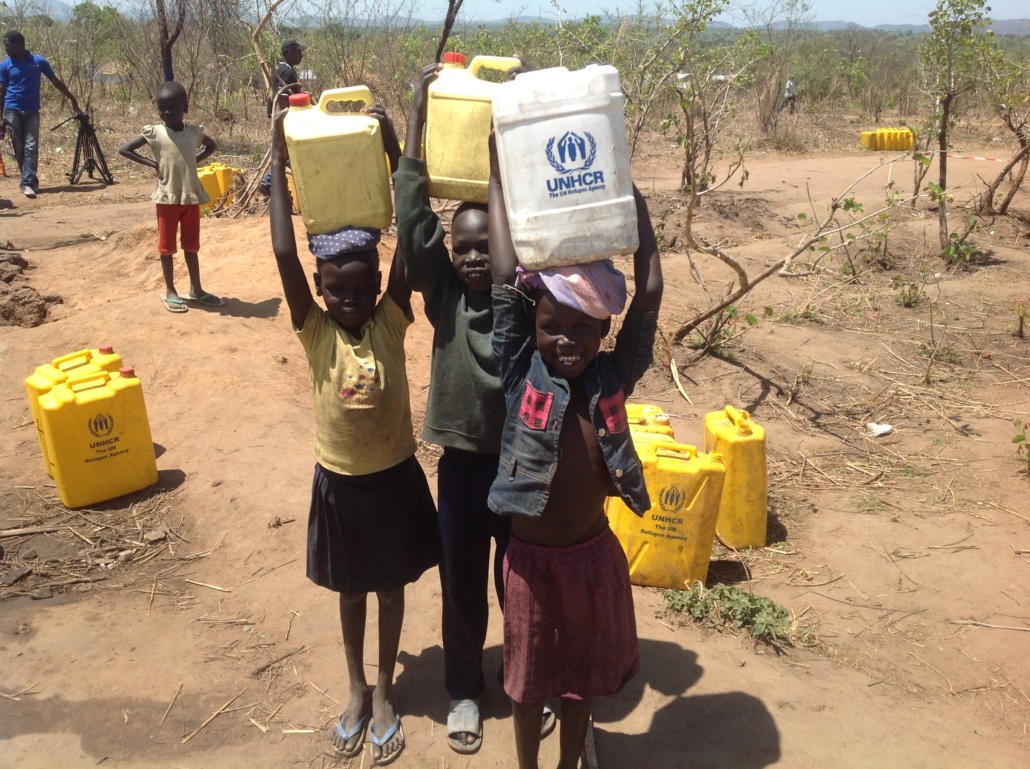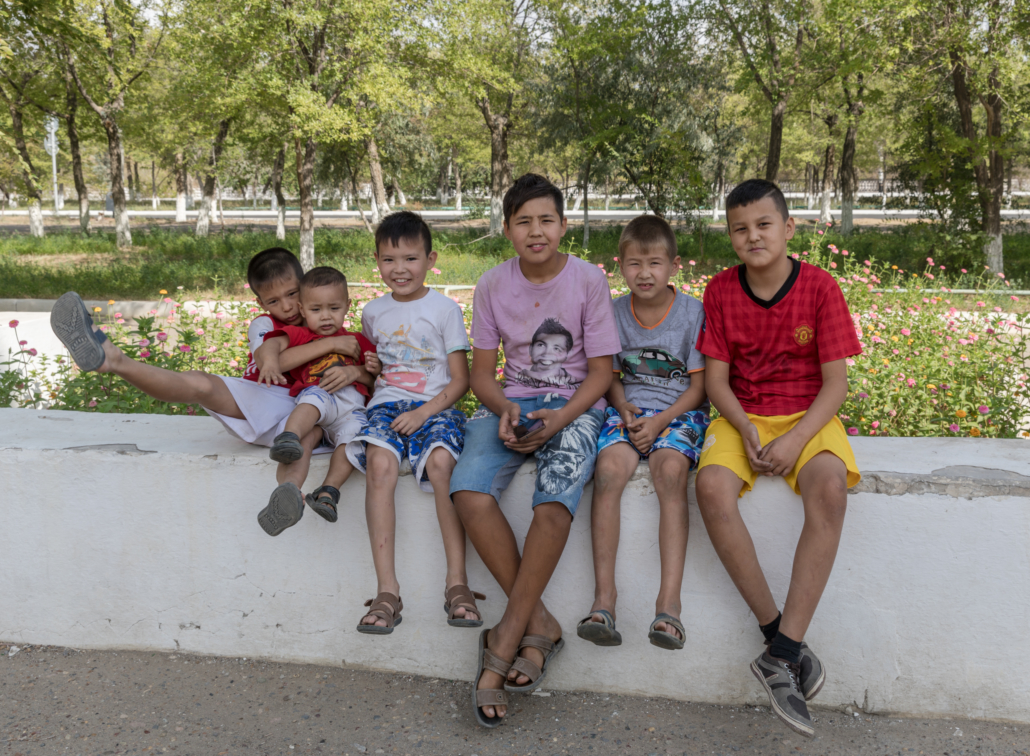
Access to safe drinking water and sanitation is critical for health and quality of life. As the last of the Soviet republics to declare independence in 1991, much of Kazakhstan’s population still faces the aftermath of the Soviet rule. Poor living conditions and limited access to water in rural populations worsened after the collapse of the Soviet Union. With structural elements of the state completely dismantled, the country faced shortages of basic goods and services, especially water. Here are 10 facts about sanitation in Kazakhstan.
10 Facts About Sanitation in Kazakhstan
- Over half of the global population (4.2 billion people) lack safe sanitation. 2 out of 5 people in the world (3 billion people) lack basic hand washing facilities. In many parts of the world like Kazakhstan that have experienced recent economic, social or political turmoil, the ability to obtain safe and accessible water is a serious issue.
- Less than 30% of the Kazakhstan population has access to safe water and sanitation. About 50% of the population uses drinking water that does not meet the international standards of salinity, hardness and bacteriological standards.
- Before 1990, the rural water supply network in Kazakhstan included 54 major pipelines, bringing water to 3 million people in rural and urban areas. Additionally, 16.2 million livestock in 97.5 million hectares of irrigated land were supplied with water. Currently, the quality of nearly all Kazakhstan’s water bodies are unsatisfactory. Nearly 16 % of water tests taken from different water bodies showed sub-standard water quality across the country.
- Water scarcity and poor water quality are more prevalent in rural areas, where declining water supply networks and high pollution levels are common. In 2001, 17.3% of the rural Kazakhstan population had access to cold water on tap from the piped system, and 2.8% had access to hot water on tap. Many rural communities are still suffering from dilapidated Soviet-era plumbing projects, but even the functioning plumbing still carries water heavy with bacteria.
- According to the UNDP, the distribution of surface and groundwater in Kazakhstan is uneven. Central Kazakhstan has access to only 3% of the country’s water. While the Kazakhstani urban population is covered 90% by piped water, only 28% of the rural people have access to piped water. Around 20% of the rural population in Kazakhstan has the same level of piped water coverage as Sub-Saharan Africa.
- No significant changes in patterns of access to piped water have been noted in recent studies from 2001 to 2010. Access to piped water in Kazakhstan’s rural areas remains approximately 29%. These conditions may be surprising, given the massive governmental drinking water program launched from 2002 to 2010, aiming to increase rural access to piped water systems.
- Sanitation in rural areas also remains inadequate. In terms of bathroom facilities, 92.2% of the rural population has toilets outside the home, 7.5% inside the home and 0.3% do not have access to toilets at all. Previous UNDP studies show that only 2.8% of rural houses are connected to the sewage system.
- Water access affects a majority of those living in rural areas. Only 36% of the rural population has access to a centralized water supply. 57.3% use groundwater through wells and boreholes. Furthermore, 2.6% of the population use water from surface sources and 4% drink delivered water.
- Even in houses with connections to water supplies, 53% of people make sure to boil the water. The number climbs to 56% in areas where people have an intermittent supply or suffer from gastroenteritis. Such poor water quality can largely be explained by wastewater dumping, irregularities in wastewater disinfecting and the poor condition of sewerage equipment.
- One region where a lack of access to clean drinking water presents serious health problems is Kyrgyzstan. There, each official records 30,000 acute intestinal infections with 24% related to parasites. Up to 86% of typhoid cases occur in villages that lack safe drinking water.
The UN Sustainable Development Goals (SDGs) require nations to ensure sufficient sanitation and access to safe water. To improve sanitation in Kazakhstan, rural areas will need much stronger attention, as past efforts neglected and overlooked these areas, to comply with UN Millenium Development Goals (MDGs).
From 2010 to 2013, the UNDP provided $1.5 billion to the Kazakhstan government for water management. The money was meant for the Kazakhstan government to invest in water management, pollution reduction and efficient use of water resources. Additionally, the European Union has also been sharing its experience and policies with Kazakhstan.
Moving forward, it is critical that national drinking water programs are based on surveys of existing water and sanitation services. In order to be successful, these programs must take into special consideration the needs of rural villages.
– Danielle Straus
Photo: Flickr
 Despite recent growth in the economy, Uganda is facing a
Despite recent growth in the economy, Uganda is facing a 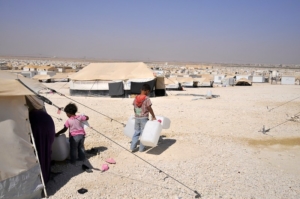 The country of Jordan is the
The country of Jordan is the 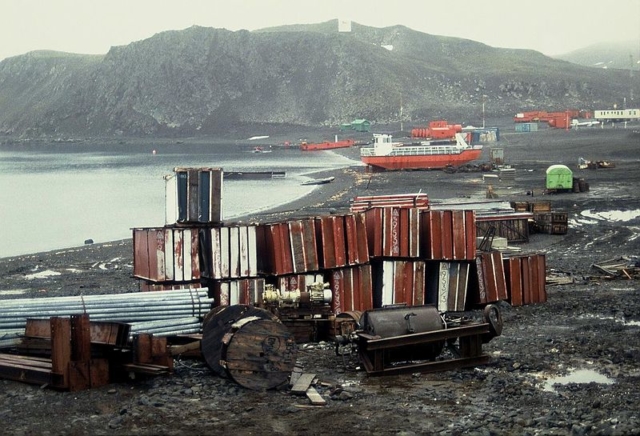 Despite Russia’s vast landscape and numerous bodies of water, access to clean, drinkable water is one of the nation’s most dire concerns. Although the government has recently taken steps to improve accessibility and water quality, years of inadequate infrastructure and weak pollution regulations have caused monumental damage. Here are 10 facts about sanitation in Russia.
Despite Russia’s vast landscape and numerous bodies of water, access to clean, drinkable water is one of the nation’s most dire concerns. Although the government has recently taken steps to improve accessibility and water quality, years of inadequate infrastructure and weak pollution regulations have caused monumental damage. Here are 10 facts about sanitation in Russia. Due to the use and ingestion of contaminated water, cholera has become one of the most common waterborne diseases in the world. Cholera is a bacterial disease that causes such symptoms as diarrhea, dehydration, and, if not treated quickly, even death. Lack of availability to drinking water and sanitation facilities in Africa allows cholera to spread easily and quickly. However, many organizations have come up with different ways over time to help reduce the spread of cholera. Here are five things being done to prevent cholera outbreaks in Africa.
Due to the use and ingestion of contaminated water, cholera has become one of the most common waterborne diseases in the world. Cholera is a bacterial disease that causes such symptoms as diarrhea, dehydration, and, if not treated quickly, even death. Lack of availability to drinking water and sanitation facilities in Africa allows cholera to spread easily and quickly. However, many organizations have come up with different ways over time to help reduce the spread of cholera. Here are five things being done to prevent cholera outbreaks in Africa. Kenya, among many other areas,
Kenya, among many other areas, 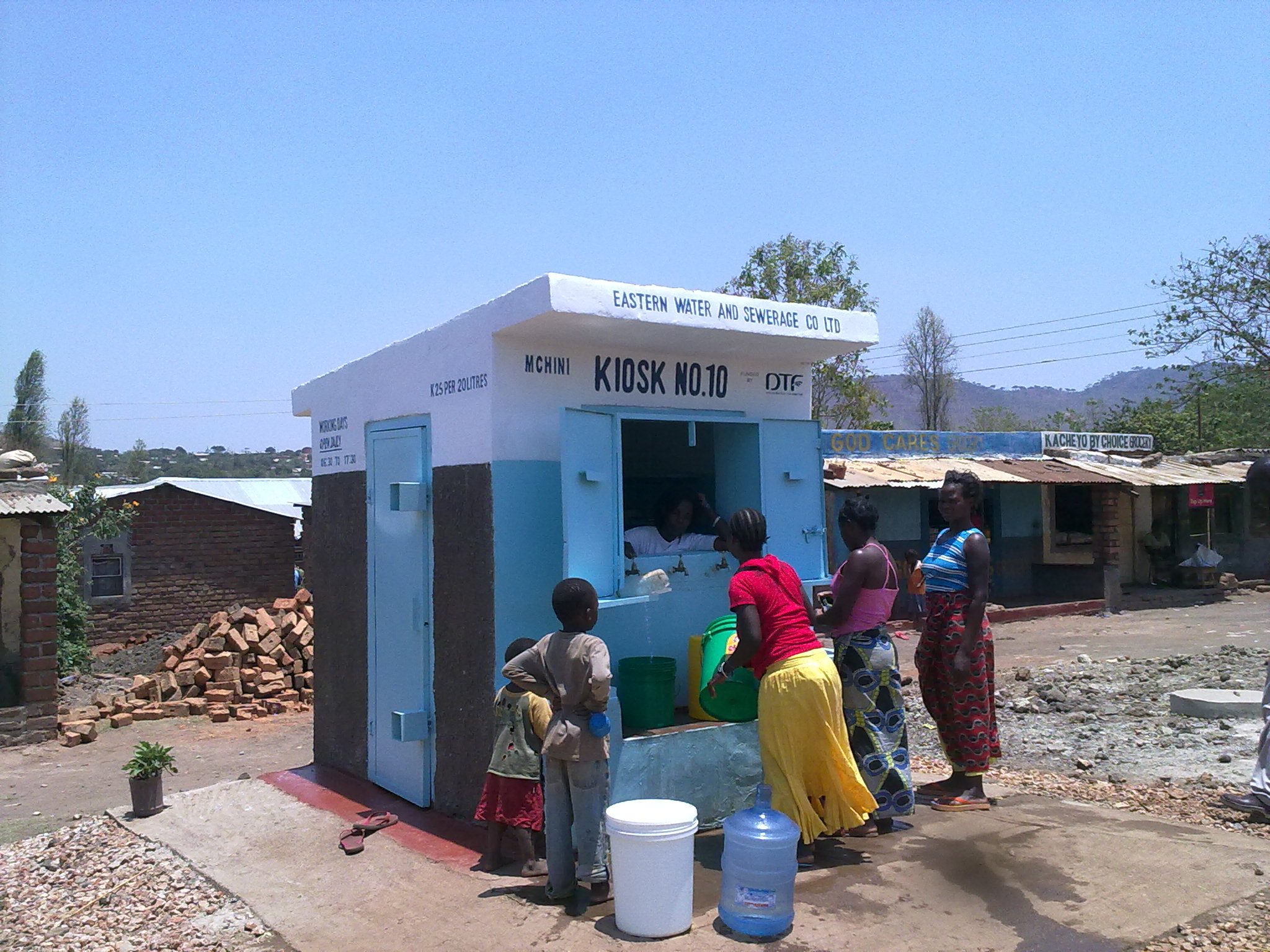 Zambia is a country with a population of more than 16.5 million. It neighbors Zimbabwe, Tanzania, the Democratic Republic of the Congo, Angola, Botswana, Mozambique and Malawi in the Southern-Central region of Africa. In 2011, Zambia achieved middle-income country status, reflecting the country’s substantial economic growth of
Zambia is a country with a population of more than 16.5 million. It neighbors Zimbabwe, Tanzania, the Democratic Republic of the Congo, Angola, Botswana, Mozambique and Malawi in the Southern-Central region of Africa. In 2011, Zambia achieved middle-income country status, reflecting the country’s substantial economic growth of 